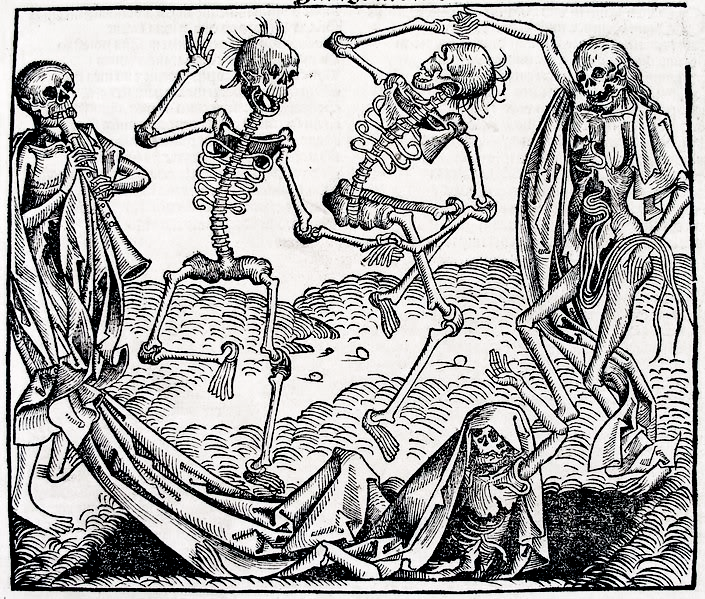Black Death 'spread by humans, not rats' claims shocking new study
Human parasites may have been to blame for deadly pandemic.

The Black Death was one of the most devastating pandemics in human history, killing between 75 and 200 million people in a number of outbreaks in Eurasia between the 14th and 19th centuries.
It is widely believed that plague was spread mainly by parasites carried by rats. But a new study, published in the Proceedings of the National Academy of Sciences, suggests that human fleas and lice may actually have been to blame.
"While it is commonly assumed that rats and their fleas spread plague during the Second Pandemic, there is little historical and archaeological support for such a claim," the researchers write in the paper.
"Here, we show that human ectoparasites, like body lice and human fleas, might be more likely than rats to have caused the rapidly developing epidemics in pre-industrial Europe."
An international team of scientists from the University of Oslo and the University of Ferrara examined a number of characteristics of the pandemic including how it spread so quickly.
Using mortality data, they examined nine outbreaks from 1348 to 1813 during the so-called Second Pandemic in cities including London, Stockholm, Moscow and Florence. A total of 125,000 people died in these outbreaks.
The disease itself, otherwise known as bubonic plague, is caused by an infectious bacterium called Yersinia pestis. Symptoms include fever, headaches and vomiting and victims usually developed huge swollen lumps near the lymph nodes in the groin, armpit, neck and chest. Without modern medical intervention the mortality rate can be anywhere between 30 and 60%.
For the latest study, researchers created computer models of the pandemic, which they used to compare transmission by human parasites with transmission by rats and fleas and human-to-human transmission.
They found that the human parasite model most closely matched the mortality rates in seven of the nine cities they studied. The disease would be unlikely to spread as fast as it did if it were transmitted only by rats, the scientists said.
Still endemic
Rats were not completely blameless as they were believed to be the main carriers of the disease during the Third Pandemic, which began in 1855 and devastated much of India and China.
"Plague is undeniably a disease of significant scientific, historic and public interest and is still present in many parts of the world today," the authors say in the paper. "It is therefore crucial that we understand the full spectrum of capabilities that this versatile, pandemic disease has exhibited in the past."
Plague is still endemic in many countries including Madagascar, the Democratic Republic of Congo and Peru. More than 3,000 cases have been reported worldwide between 2010 and 2015.





















